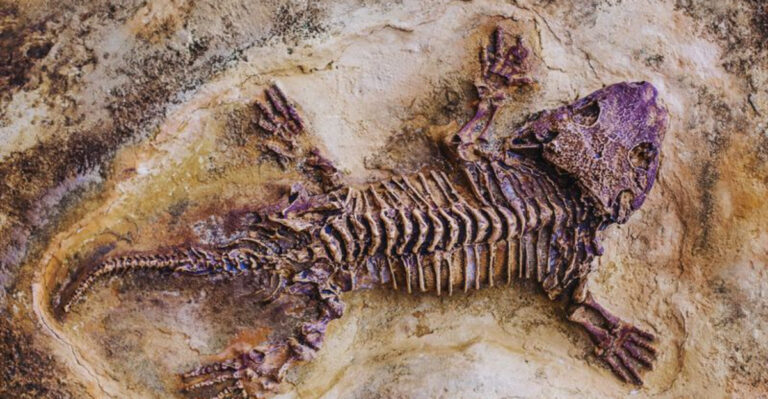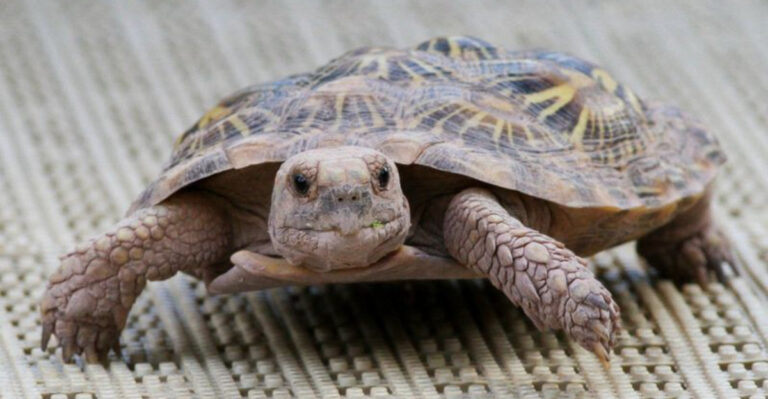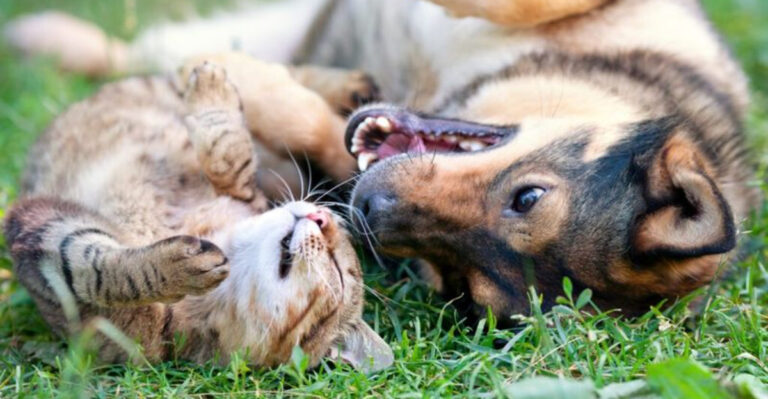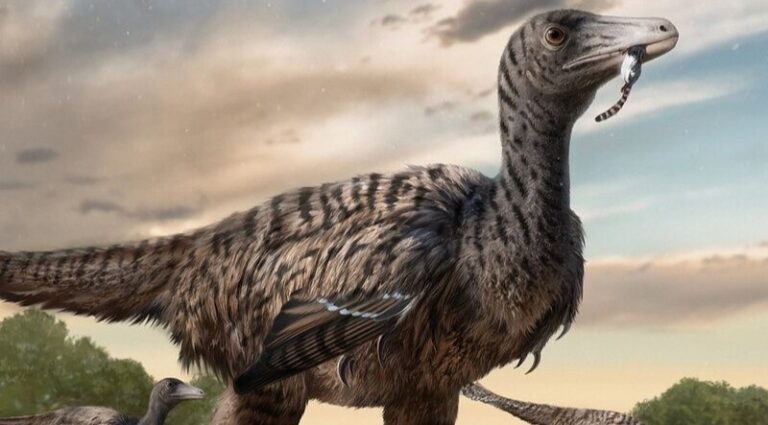9 Fascinating Reptiles That Can Regrow Their Tails (And If They Make Good Pets)
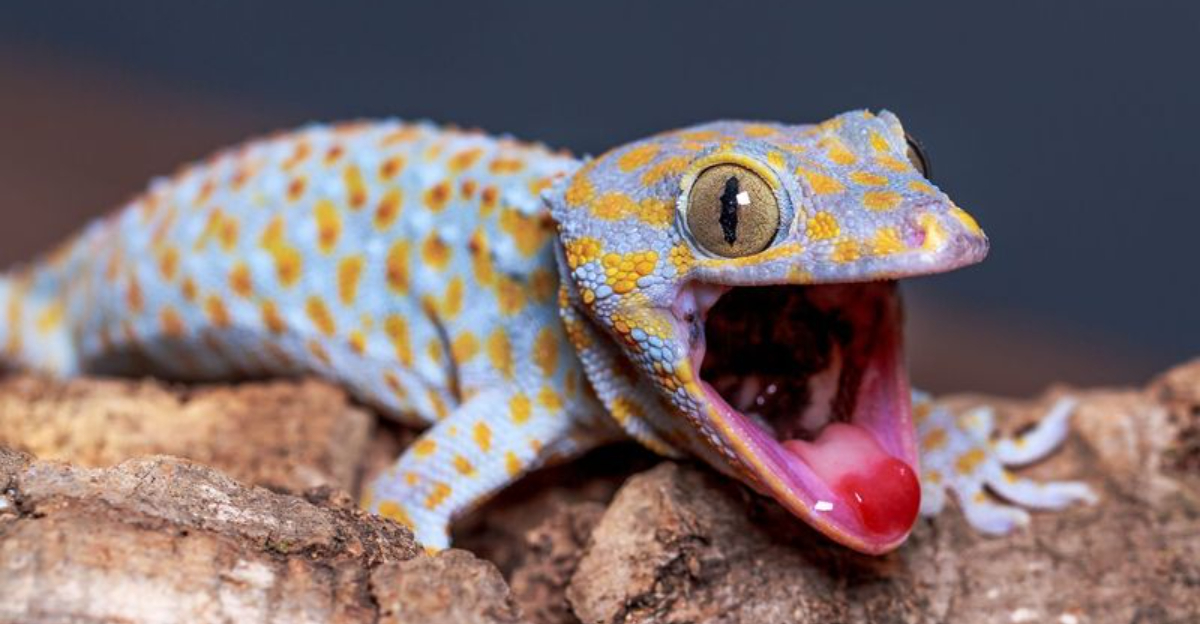
Reptiles have always intrigued us with their unique adaptations, and one of the most fascinating is their ability to regrow lost tails. This remarkable feature not only helps them escape predators but also plays a critical role in their survival.
For those considering a reptilian pet, understanding which of these tail-regenerating creatures might make a delightful and manageable companion is crucial.
Here are some amazing reptiles with this regenerative capability and evaluate their suitability as pets, ensuring a delightful and informative exploration of these incredible creatures.
1. Green Anole
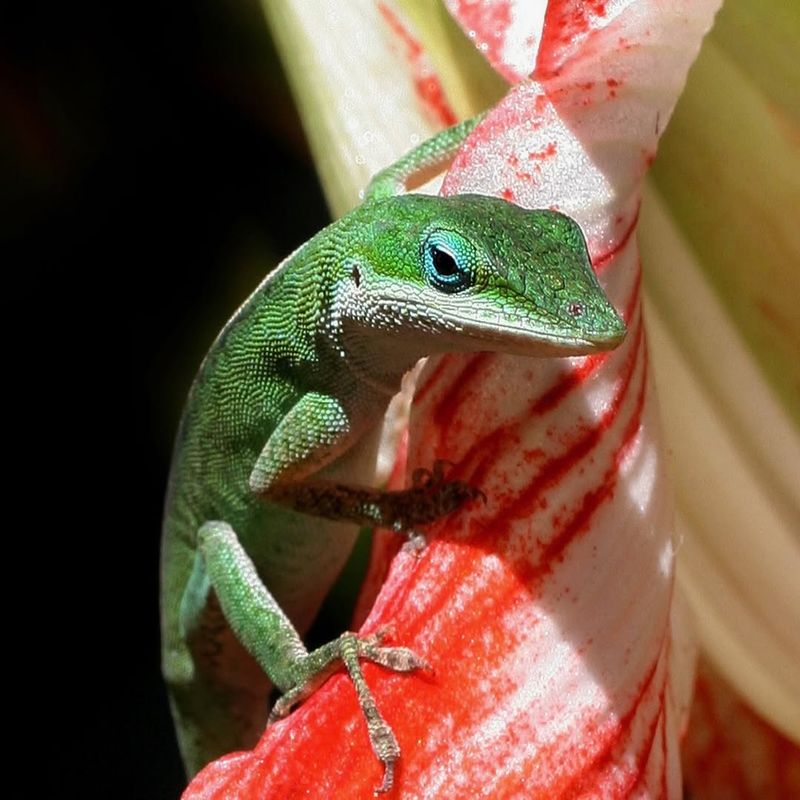
The Green Anole, known for its vibrant green hue and ability to change color, is a fascinating reptile. Native to the southeastern United States, this small lizard is often seen basking in the sun. When threatened, it can drop its tail, which will eventually regrow, a process taking several weeks.
These lizards are relatively easy to care for, making them a popular choice for novice reptile enthusiasts. However, it’s essential to maintain a humid environment and provide a diet rich in insects. Their active nature and bright color make them an engaging pet.
2. Leopard Gecko
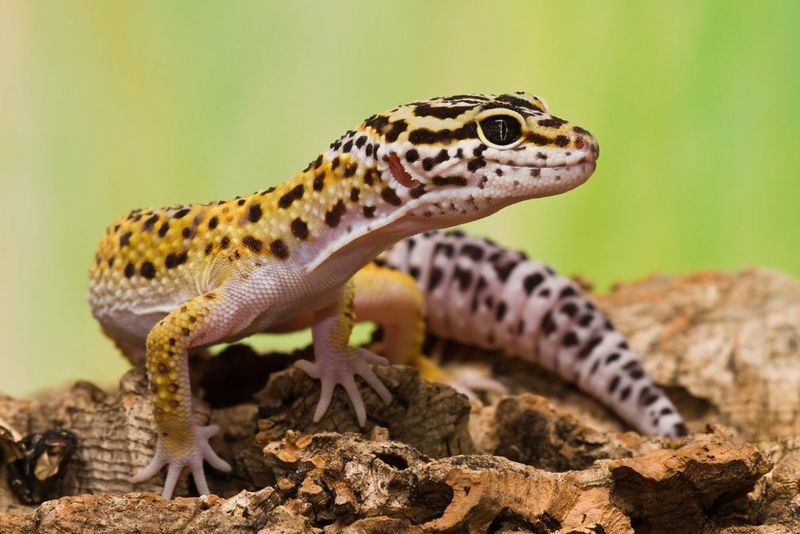
The Leopard Gecko is renowned for its striking spotted appearance and gentle temperament. Originating from the arid regions of Asia, this reptile is a favorite among pet owners. Its ability to regrow its tail is particularly captivating.
Unlike other lizards, Leopard Geckos store fat in their tails, which aids in their survival. When their tail is lost, the new one that grows back isn’t as robust but still functional. They require minimal space and are low maintenance, which adds to their appeal. Handling them regularly helps them become more social.
3. Crested Gecko
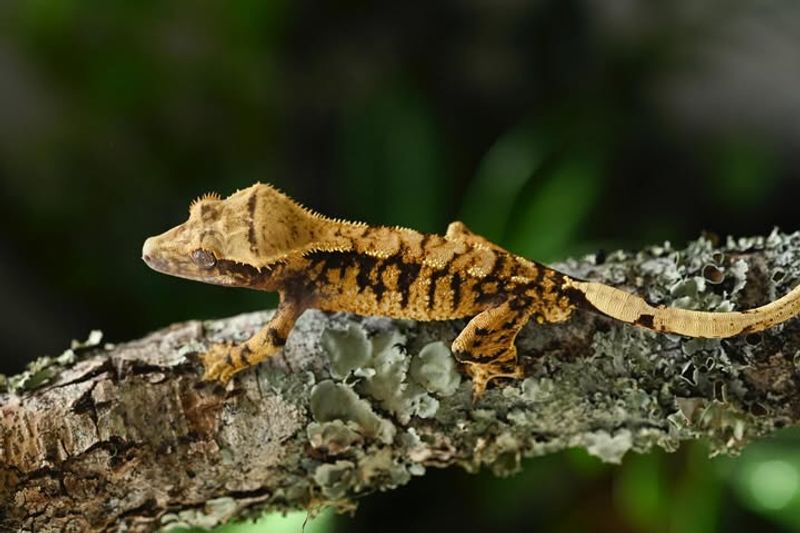
Crested Geckos, native to New Caledonia, are known for their unique appearance and calm demeanor. They rarely regrow their tails once lost, which is an interesting deviation. Despite this, they have a remarkable adaptability and make excellent pets for both beginners and experienced keepers.
Their diet is versatile, consisting mainly of commercial gecko food and occasional insects. Ensuring a humid environment is key to their well-being. Crested Geckos are nocturnal and enjoy climbing, making their enclosures an interesting space to observe.
4. Blue-Tongued Skink
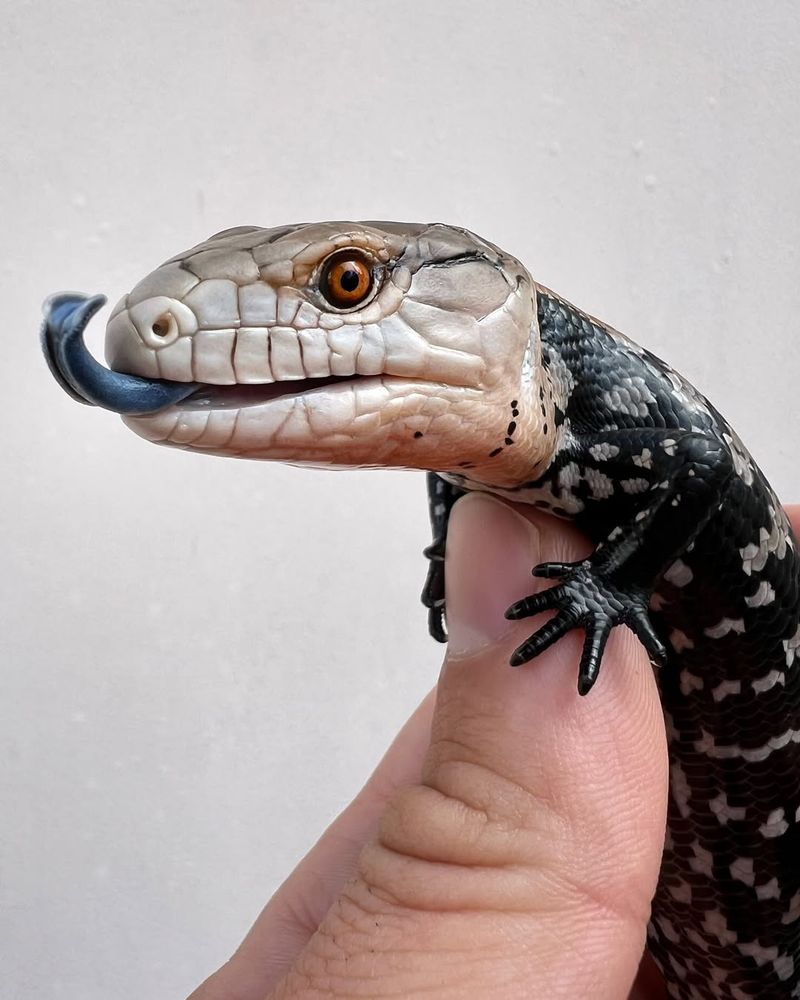
The Blue-Tongued Skink, with its distinctive blue tongue, is a captivating reptile. Native to Australia, these skinks are known for their docile nature and ease of care. They can regrow their tails when lost, which occurs if they feel threatened. While the new tail may look different, it serves its purpose well.
Blue-Tongued Skinks are omnivorous and enjoy a varied diet of fruits, vegetables, and insects. Their gentle disposition makes them suitable for families and beginners. Regular interaction ensures they remain friendly and manageable.
5. Tokay Gecko
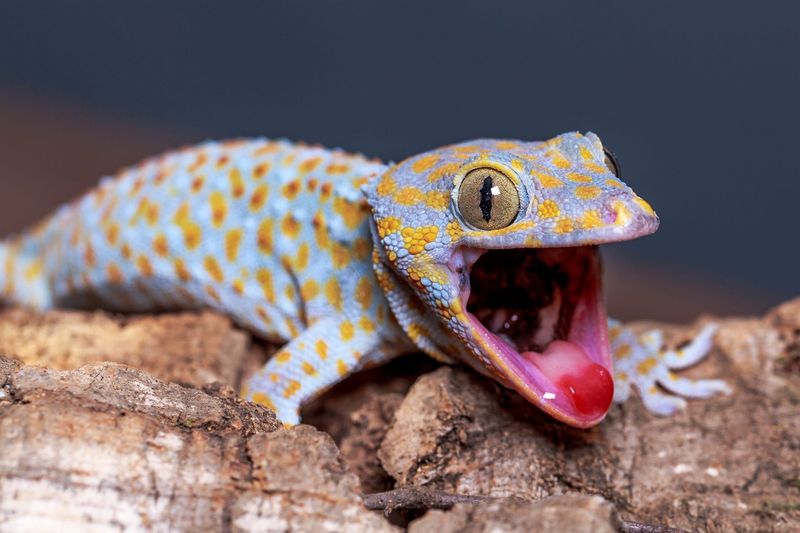
The Tokay Gecko is known for its vibrant colors and vocal nature. Found throughout Asia, this nocturnal reptile can regrow its tail, a feature that aids its survival in the wild. The process of regeneration is fascinating, though the new tail may not match the original in appearance.
Tokay Geckos are more suited to experienced reptile keepers due to their territorial behavior. They require a well-maintained habitat with plenty of vertical space. Their diet consists primarily of insects, and they thrive with regular feeding. Patience is key when handling them.
6. Argentine Black And White Tegu
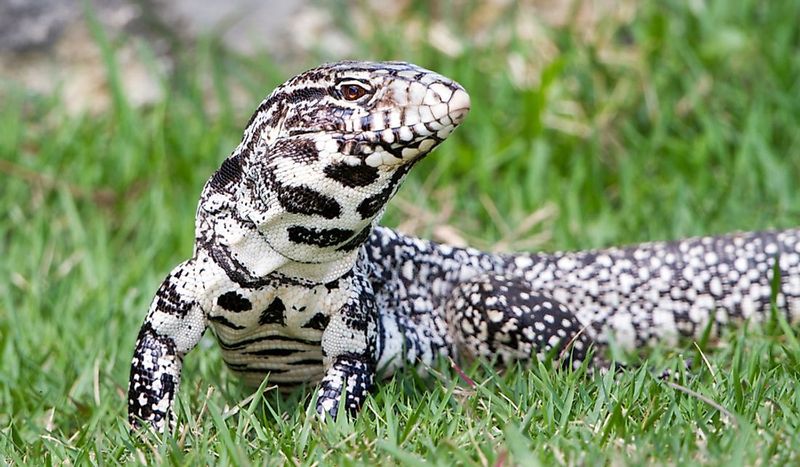
The Argentine Black and White Tegu is a large, intelligent reptile known for its striking appearance and the ability to regrow its tail. Native to South America, this tegu is a popular pet due to its docile nature. They require a spacious enclosure and a diet rich in protein with occasional fruits.
Tegus are highly interactive and can be affectionate with proper socialization. Their new tail, while not as robust, functions adequately. Regular handling and training are recommended to maintain their friendly demeanor, making them a rewarding pet.
7. Mediterranean House Gecko
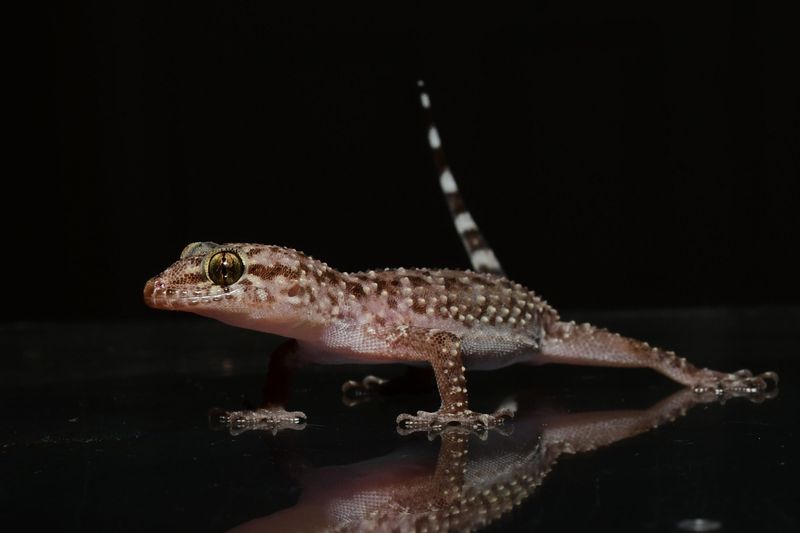
Mediterranean House Geckos are small, adaptable reptiles that thrive in urban environments. Found in southern Europe and parts of Africa, they often inhabit homes and gardens. Known for their ability to regrow lost tails, these geckos are hardy and easy to care for.
Their diet consists mainly of insects, which they actively hunt at night. Due to their small size, they require minimal space, making them suitable for apartment living. Although primarily wild creatures, they can adapt to captivity with proper care, providing endless fascination.
8. Common Wall Lizard
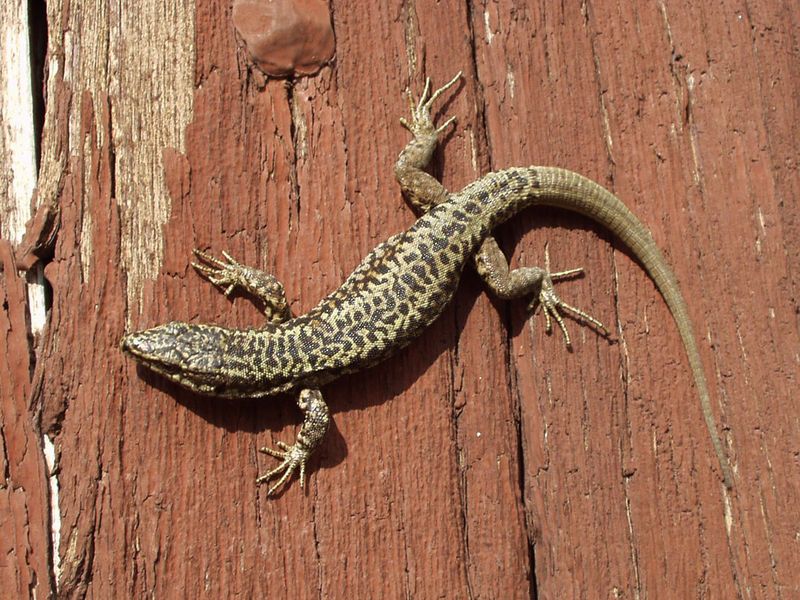
Common Wall Lizards, native to Europe, are known for their agility and ability to regrow their tails. These lizards thrive in a variety of habitats, from urban areas to rocky cliffs. They exhibit a high level of adaptability, making them intriguing pets for reptile enthusiasts.
Their diet is insect-based, and they require a well-ventilated enclosure with access to sunlight. While they are relatively low maintenance, providing a natural environment helps them flourish. Observing their tail regeneration process is particularly fascinating and educational.
9. Green Iguana
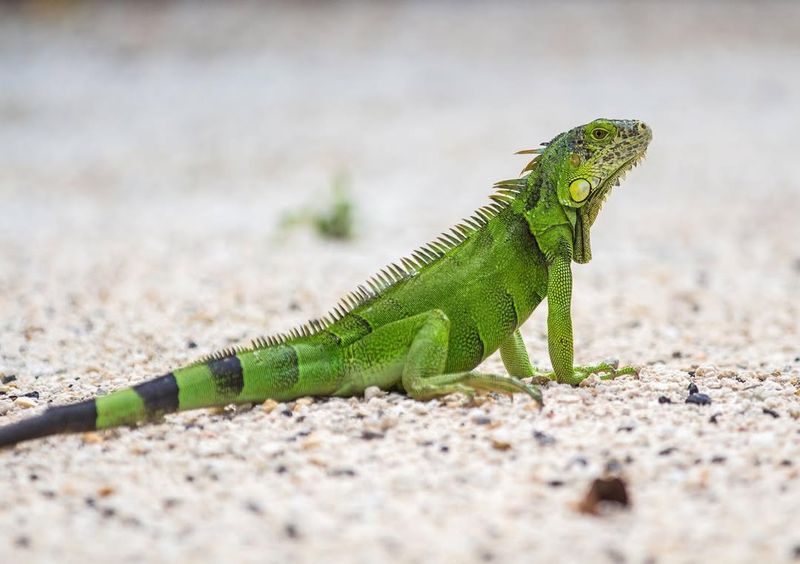
The Green Iguana is a large, impressive reptile often seen in rainforests and suburban areas. Renowned for its emerald coloration and social nature, this iguana can regrow its tail when necessary. Their new tail, although not as sturdy, serves its function well.
Green Iguanas require spacious enclosures with ample climbing opportunities. They enjoy a diet of leafy greens and vegetables. While they can be challenging pets due to their size and specific care needs, they offer rewarding companionship for dedicated reptile enthusiasts.

